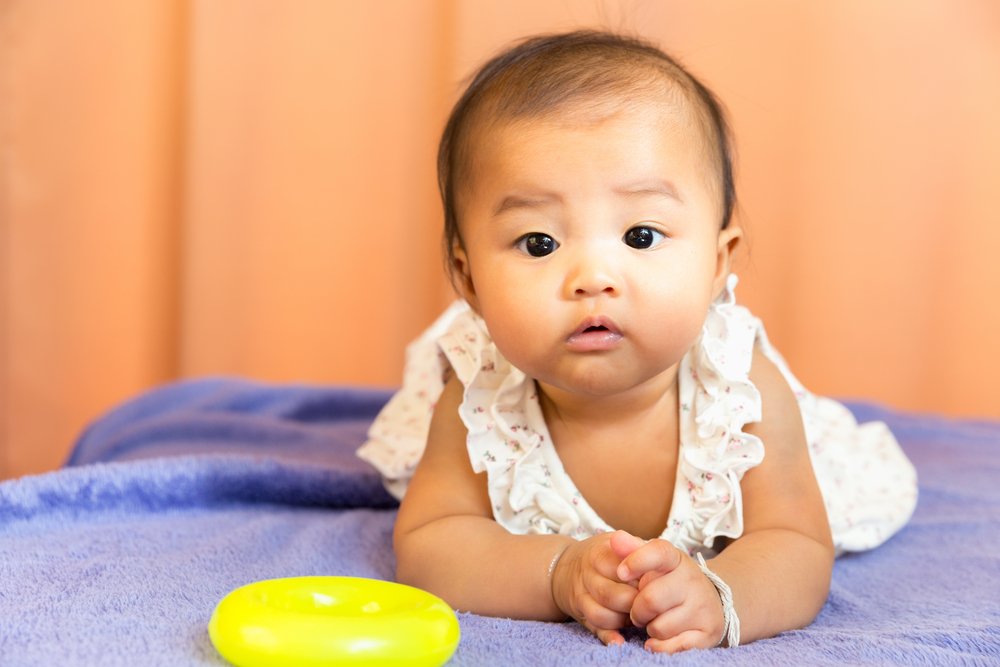In South Korea, Trend Toward Earlier Therapy for Children With Cerebral Palsy, Study Shows

In South Korea, there has been a trend in recent years toward children with cerebral palsy starting therapy at earlier ages, with age-related differences in which therapies are used, a study shows.
This information may help guide the crafting of more nuanced policies that consider age as an important factor in providing therapy for children with the disease, the researchers said.
The study, “The nature of rehabilitation services provided to children with cerebral palsy: a population-based nationwide study,” was published in the journal BMC Health Services Research.
The researchers behind the study wanted to better understand the nature of rehabilitation treatments given to children with cerebral palsy in South Korea. They also sought to determine if there were any changes in patterns over time.
To investigate this, they turned to the National Health Information Database (NHID). This database records patient information from the National Health Insurance System (NHIS), the public insurance system through which nearly all South Korean people get healthcare.
The researchers identified children who were at least 2 years old, and had at least two cerebral palsy-related claims, in the 10-year period between 20o3 and 2013. They identified 13,454 children with cerebral palsy and analyzed the data for trends.
Over the 10-year period studied, there was a general trend toward children receiving therapies at earlier ages. For example, children born in 2003 started rehabilitation therapy at an average age of 2.1 years, while those born in 2011 began therapy at an average age of 1.0 years.
Among the children with cerebral palsy born in 2004 — and followed for a 10-year period — 28.6% had physical therapy on an inpatient basis, and 81.3% had PT on an outpatient basis. Just over a quarter of the children (25.4%) received occupational therapy on an inpatient basis, while 62.2% received such therapy as outpatients.
The children also received injections of botulinum toxin, known as Botox, which can help alleviate the spasticity, or muscle stiffness, characteristic of cerebral palsy. Botox injections were started at an average age of 4.0 years in children born in 2003. For children born in 2011, the average starting age was 2.1 years.
The frequency of botulinum toxin treatments also changed throughout time. Children born in 2007 received botox with a frequency that was 1.8 times higher than the children born in 2004.
The researchers also noted trends in when different therapies were typically given. Rehabilitation therapy — physical and occupational therapy — was most common in children between the ages of 1 and 5, while Botox injections were more common in children between 6 and 7 years old.
Looking into the cost of treatments, the team found that expenditures tended to increase during the first five years or so of the children’s lives, then reached a steady rate year-to-year.
They also broke costs down based on the socioeconomic status of the patients’ families, but found no association — perhaps a result of the socialized medical system.
Only the therapies covered by health insurance were included in the study, the researchers noted.
“However, because the costs of private centers, vouchers, and noninsurance-covered treatments such as speech and language therapy, cognitive therapy, intrathecal baclofen pump, and robot-assisted gait therapy were not included, it was difficult to interpret the differences in actual treatment cost according to income level,” they said.
The investigators noted that the “usefulness” of early diagnosis and early treatment in children with CP has been shown in several studies.
“Based on these results,” the team said, “more sophisticated health policies that consider age will be needed to provide rehabilitation for children with [cerebral palsy].”


